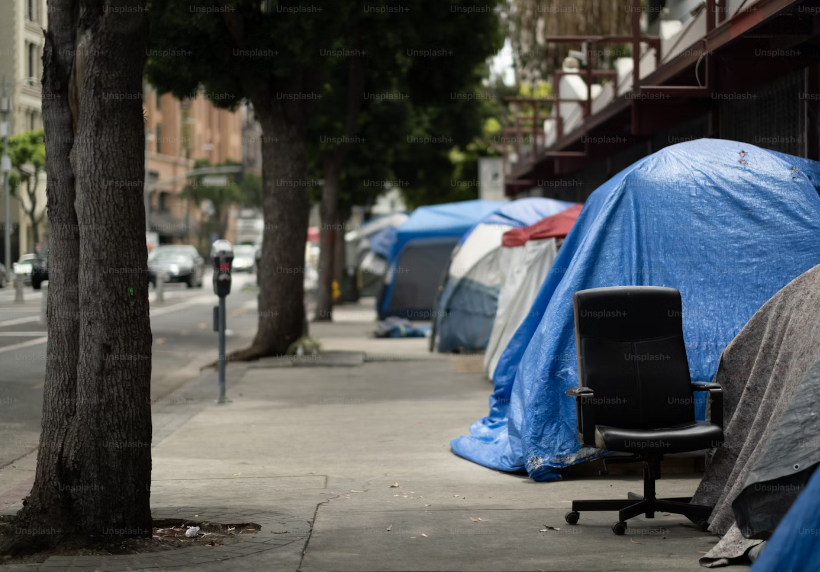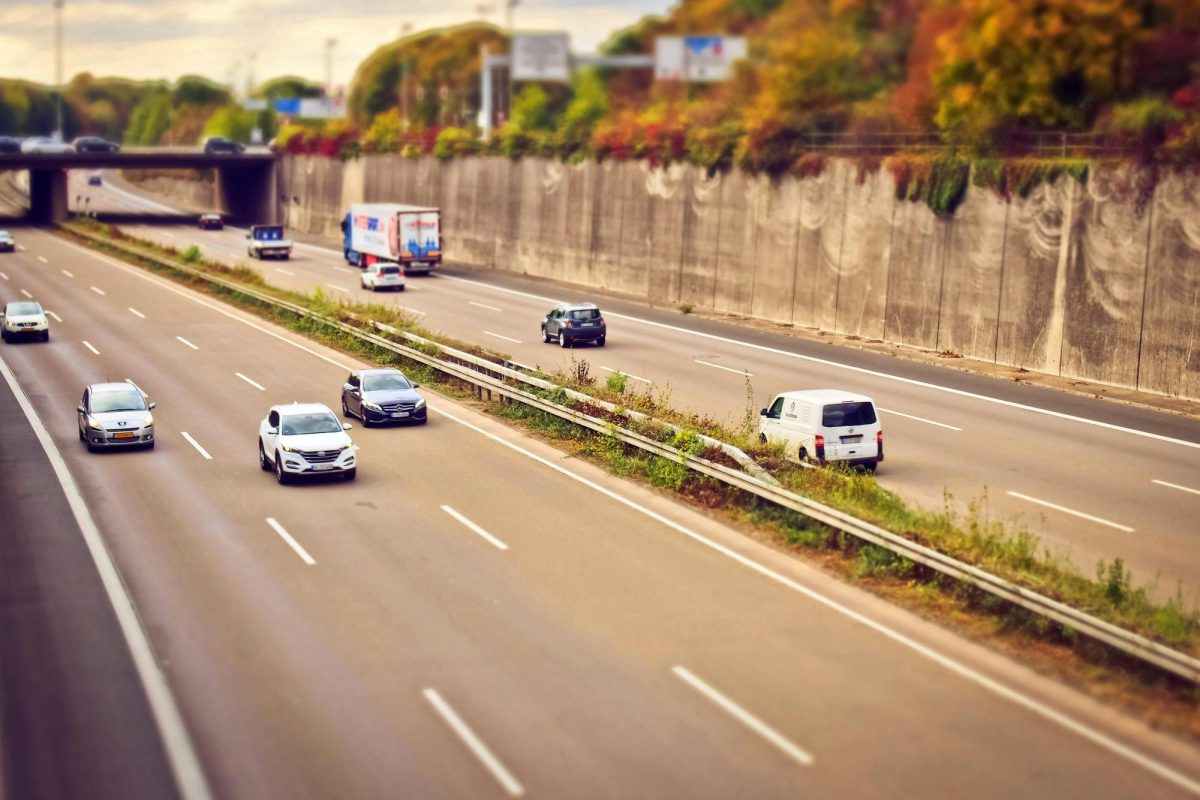The American dream has existed for generations and is a staple of American culture: to have a family, a home, and a stable source of income. This is the dream for most, and many can achieve it. However, some people cannot afford a shelter or a place to call home. Looking at the future ahead, the number of homeless people in Florida has increased.
In 2021, the estimated number of homeless people in Florida was 21,141; in 2023, it was increased to 30,809 people. While this doesn’t seem significant, it is a massive jump in just two years. With 9,668 additional homeless people in two years, averaging an increase of 4,834 homeless people a year.
The cities most affected by the rise in homelessness can be found mainly in Tampa to St. Petersburg area. With every 10,000 people, there are about 57 homeless people. That accounts for the total number of homeless people between the two cities, averaging about 16,000 individuals. Among those who are homeless, a high percentage of them are adolescents.
However, homelessness isn’t just a problem in Florida; it is a problem across America. In 2020, the Department of Housing and Urban Development counted 580,000 homeless Americans 2020. Within two years, that number increased by about 2,000, totaling 582,000 homeless people in 2022. According to security.org, in 2023, the total number of homeless people in America had risen by 12 percent since 2022. This equals to around 653,104 individuals.
Homelessness brings forth many possible consequences. For our homeless population things such as stable nutrition, medical care, and basic commodities such as toiletries, or clothes become scarce and in some instances unavailable. According to the National Library of Medicine, “Persons experiencing homelessness in the United States experience significant barriers to self-care and personal hygiene, including limited access to clean showers, laundry and hand washing facilities.” This puts the homeless population at a really high risk of disease or even death. With the risk of malnutrition in the homeless population, it is perilous for these people to stay homeless. According to the Center for Disease Control and Prevention, “20 to 44 percent of the homeless are malnourished, lacking in vitamins and minerals, and 32 percent are underweight.”
As concerns continue to rise, there was a paper written from the Health and Supplements Information Services stating, “There are now strong links between low intakes of particular nutrients and the risk of developing chronic disease including some cancers, heart disease, diabetes, osteoporosis and depression.” As the numbers of homeless individuals escalate, the amount of malnourished people will increase.
More action needs to be taken in order to help ensure the safety and well being of the homeless population. From access to basic commodities, to the possibility of severe malnutrition, we need to start taking action. Whether the solution consists of a legal approach that helps the homeless find shelter while going through recovery, or establishing homeless sanctuaries and food shelters more commonly through all areas around the United States. Voicing these issues can help many to step up and also find a way for the homeless population to decrease, rather than having it continuously increase towards dangerous measures.












